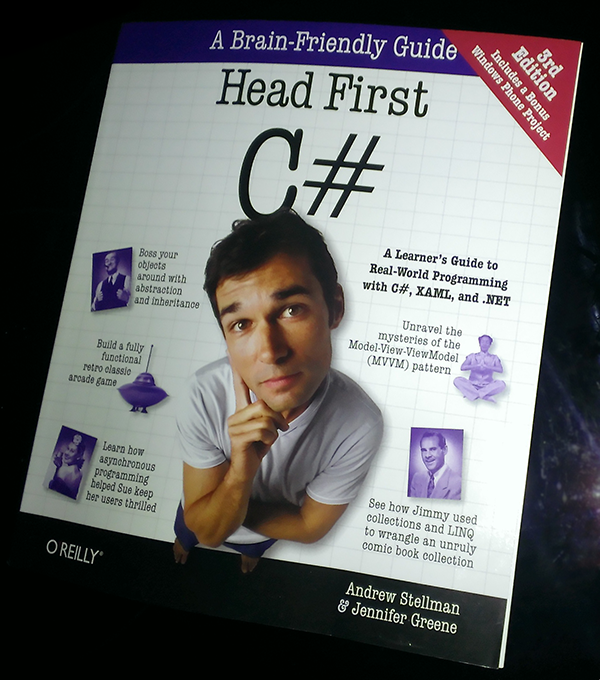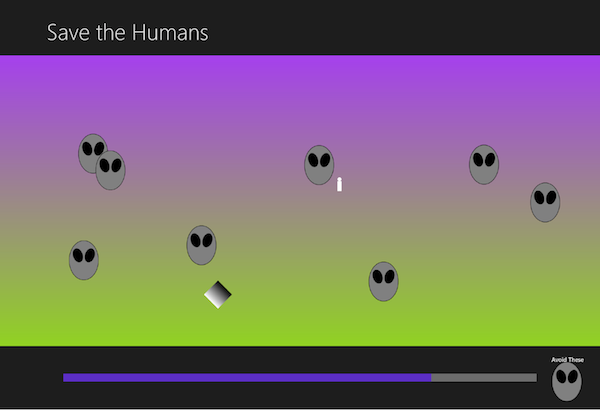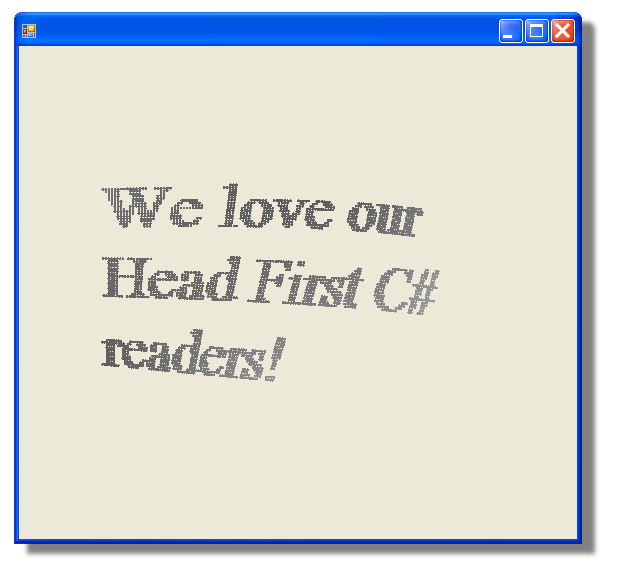It’s a pleasure (and relief!) to announce that after almost two years of work, the third edition of Head First C# is in print and available in bookstores. Head First C# is one of the most effective books on the market for learning programming with C#. Many thousands of readers, some new to programming and others with experience with other languages, have used the first and second editions. And now here’s the third edition, hot off the presses:

This was a major update of the book. The biggest challenge was finding an effective way to teach XAML. XAML is a fantastic tool for building robust user interfaces, but a lot of developers find that it has a pretty steep learning curve. The Head First C# approach has been to use Visual Studio as a learning, teaching, and exploration tool, and the improvements that the Microsoft IDE team made to the visual designer made it especially effective for teaching XAML. We decided to have the book dive straight into XAML design and exploration, and have the reader build a video game right in the first chapter:

The trick to really getting over that XAML learning curve turned out to be going back to WinForms development for a few chapters. WinForms is an older technology, but it’s much simpler to understand. This let us lay down a solid foundation of C#, .NET, and object oriented design concepts, which makes XAML a lot easier to learn. It also gives the reader the opportunity to build projects to solve the same problem in both WinForms and Windows Store (or WPF) using XAML. Seeing the same thing done in more than one way is one of the most effective methods for learning programming, and we’re able to take advantage of that many times throughout the book.
I hope you’re as excited about this as we are! If you’re looking to learn C#, whether you’re new to programming or experienced with another language, you should definitely have a look at Head First C#.
We’ve worked with O’Reilly to make the first three chapters available for free as a PDF.
Download the first three chapters of Head First C# for free here.


